Home>Gardening & Outdoor>Landscaping Ideas>How Long Does Parvo Live In Grass
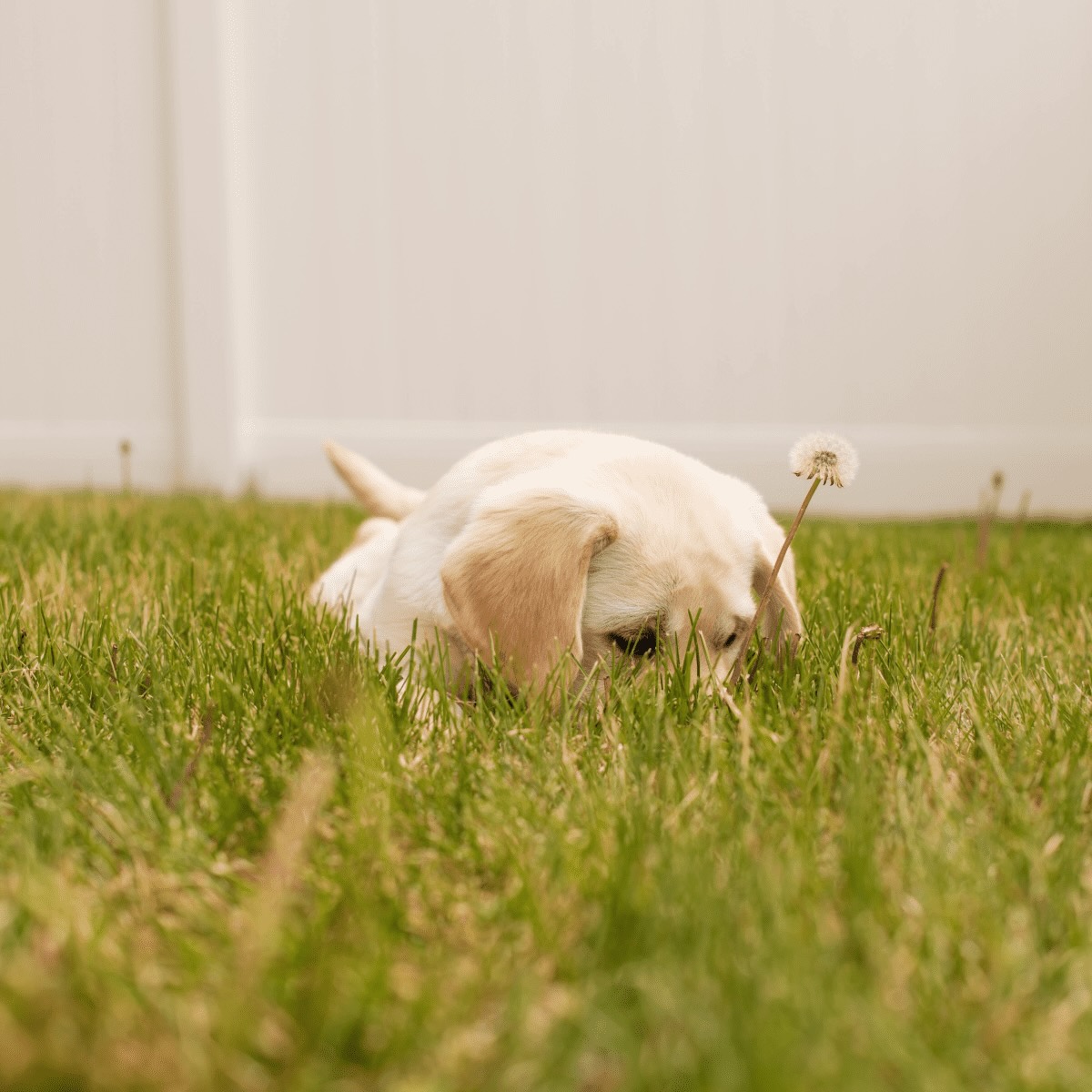

Landscaping Ideas
How Long Does Parvo Live In Grass
Modified: March 27, 2024
Learn effective landscaping ideas to prevent parvo from spreading in your yard. Discover how long parvo can survive in grass and protect your pets.
(Many of the links in this article redirect to a specific reviewed product. Your purchase of these products through affiliate links helps to generate commission for Storables.com, at no extra cost. Learn more)
Introduction
When it comes to creating a vibrant and inviting outdoor space, landscaping plays a crucial role. From lush green lawns to colorful flower beds, the design and maintenance of a landscape can significantly impact the aesthetic appeal and functionality of a property. However, amidst the beauty and tranquility of a well-landscaped yard, there are potential risks that every pet owner should be aware of, particularly the threat of parvovirus, commonly known as parvo.
Parvovirus is a highly contagious and potentially deadly virus that primarily affects dogs, especially puppies and unvaccinated adult dogs. It can survive in the environment for an extended period, posing a risk to other dogs that come into contact with contaminated surfaces. With this in mind, understanding the behavior of parvovirus, including how long it can survive in grass, is essential for pet owners and anyone involved in landscaping or outdoor maintenance.
In this comprehensive guide, we will delve into the intricacies of parvovirus, explore the lifespan of the virus in grass, and discuss effective measures to prevent parvo infection in dogs. By gaining a deeper understanding of these crucial aspects, pet owners and landscaping enthusiasts can work together to create safe and enjoyable outdoor environments for both humans and their beloved canine companions.
Key Takeaways:
- Parvovirus can survive in grass for several months, posing a risk to unvaccinated dogs. Vaccination, hygiene, and outdoor maintenance are crucial in preventing the spread of the virus and creating safer outdoor spaces for pets.
- Understanding parvovirus and its longevity in grass is essential for pet owners and landscaping enthusiasts. By staying informed and taking proactive measures, the risk of parvo infection can be significantly reduced, ensuring a safe and enjoyable outdoor environment for dogs.
Read more: How Long Does Parvo Last In Grass
Understanding Parvo
Parvovirus, or parvo, is a highly contagious virus that affects dogs, particularly those that are not adequately vaccinated. The virus primarily targets the gastrointestinal tract and bone marrow, leading to severe symptoms such as vomiting, diarrhea (often bloody), lethargy, and loss of appetite. In some cases, parvovirus can also affect the heart, leading to a more severe form of the disease.
Understanding the transmission and survival of parvovirus is crucial in preventing its spread. The virus is shed in the feces of infected dogs and can survive in the environment for extended periods, making it highly resistant and easily transmissible. This means that contaminated outdoor areas, including grassy spaces, can pose a significant risk of parvo infection to susceptible dogs.
Furthermore, puppies and unvaccinated adult dogs are particularly vulnerable to parvovirus. Their immature immune systems make them more susceptible to severe infections, emphasizing the importance of proactive prevention and awareness. While the virus is not transmissible to humans, it can be easily spread between dogs through direct contact with contaminated feces or environments.
Given the severity of parvovirus and its potential impact on dogs, it is essential for pet owners and individuals involved in landscaping and outdoor maintenance to be well-informed about the virus’s characteristics, transmission, and survival in various environments, including grassy areas.
How Long Can Parvo Live in Grass
Parvovirus is known for its resilience in the environment, and grassy areas can serve as potential reservoirs for the virus. The lifespan of parvovirus in grass depends on various factors, including environmental conditions and the presence of organic matter. Under optimal conditions, parvovirus can survive in grass for several months, posing a significant risk to dogs that come into contact with contaminated areas.
The virus can persist in the soil and grass even after the fecal matter containing the virus has disintegrated. This means that unvaccinated dogs, particularly puppies, are at risk of contracting the virus by sniffing, licking, or ingesting contaminated grass or soil. Additionally, the virus can be easily transferred from grass to paws and fur, potentially leading to the spread of infection to other areas, including indoor spaces.
It’s important to note that parvovirus is resistant to many common disinfectants and environmental factors, making it challenging to eradicate from outdoor environments. Factors such as temperature, humidity, and exposure to ultraviolet (UV) light can influence the virus’s survival in grass, with certain conditions prolonging its viability.
Given the potential longevity of parvovirus in grass, pet owners and individuals responsible for landscaping and outdoor maintenance should take proactive measures to minimize the risk of infection. This includes ensuring that dogs are adequately vaccinated, especially against parvovirus, and implementing strategies to reduce exposure to potentially contaminated grassy areas.
By understanding the persistence of parvovirus in grass and the associated risks, pet owners and landscaping enthusiasts can work together to create safer outdoor environments for dogs while enjoying the beauty of well-maintained landscapes.
Parvo can live in grass for up to a year, so it’s important to keep unvaccinated dogs away from areas where infected dogs have been. Regularly disinfecting outdoor areas can also help prevent the spread of the virus.
Preventing Parvo Infection
Preventing parvovirus infection requires a multi-faceted approach that encompasses vaccination, hygiene, and environmental management. By implementing proactive measures, pet owners and individuals involved in landscaping can significantly reduce the risk of parvo transmission and create safer outdoor spaces for dogs.
Vaccination: Vaccination is the cornerstone of parvovirus prevention. Puppies should receive a series of vaccinations starting at 6-8 weeks of age, with booster shots administered at regular intervals. Adult dogs should also receive regular vaccinations to maintain immunity. Ensuring that all dogs in the household are up to date with their vaccinations is crucial in preventing the spread of parvovirus.
Hygiene: Practicing good hygiene is essential in minimizing the risk of parvo transmission. This includes promptly cleaning up and disposing of dog feces, particularly in outdoor areas. Regular handwashing after handling dogs or coming into contact with potentially contaminated surfaces is also important in preventing the spread of the virus.
Environmental Management: Managing the outdoor environment plays a significant role in preventing parvo infection. For landscaped areas with grass, regular maintenance and cleaning are essential. This may include mowing the grass to reduce its height, which can help to minimize the survival of parvovirus. Additionally, using a diluted bleach solution or other effective disinfectants on outdoor surfaces can help reduce the viability of the virus.
Limiting Exposure: Limiting a dog’s exposure to potentially contaminated grassy areas can also help prevent parvo infection. This may involve keeping dogs on leashes during walks, particularly in public spaces where other dogs frequent. Additionally, avoiding areas where unknown or unvaccinated dogs have been present can reduce the risk of exposure to the virus.
By taking a proactive and comprehensive approach to parvo prevention, pet owners and individuals involved in landscaping can create safer outdoor environments for dogs. This not only protects individual pets from the devastating effects of parvovirus but also contributes to the overall well-being of the canine community.
Conclusion
Creating a beautiful and safe outdoor environment for dogs requires a deep understanding of parvovirus and its implications for landscaping and pet ownership. Parvovirus, with its ability to survive in the environment for extended periods, poses a significant risk to unvaccinated or inadequately vaccinated dogs, particularly in grassy areas. By recognizing the challenges posed by parvovirus and implementing proactive measures, pet owners and landscaping enthusiasts can work together to mitigate the risk of infection and create enjoyable outdoor spaces for dogs and their human companions.
From understanding the characteristics of parvovirus to exploring its longevity in grass, it is clear that education and awareness are key components of effective prevention. By staying informed about the risks associated with parvovirus and the measures required to minimize its spread, pet owners can take proactive steps to protect their canine companions.
Vaccination, hygiene, and environmental management are pivotal in preventing parvo infection. Ensuring that dogs are up to date with their vaccinations, practicing good hygiene, and managing the outdoor environment are essential components of a comprehensive prevention strategy. By adhering to these principles, pet owners can significantly reduce the risk of parvovirus transmission and create safer outdoor spaces for their pets.
Ultimately, the well-being of dogs and the maintenance of beautiful landscapes go hand in hand. By fostering a collaborative approach between pet owners, veterinarians, and landscaping professionals, it is possible to create outdoor environments that are not only visually stunning but also safe and enjoyable for dogs. Through ongoing education, responsible pet ownership, and proactive prevention, the threat of parvovirus in grassy areas can be effectively minimized, allowing both dogs and their human companions to fully embrace the beauty and tranquility of the outdoor world.
Frequently Asked Questions about How Long Does Parvo Live In Grass
Was this page helpful?
At Storables.com, we guarantee accurate and reliable information. Our content, validated by Expert Board Contributors, is crafted following stringent Editorial Policies. We're committed to providing you with well-researched, expert-backed insights for all your informational needs.
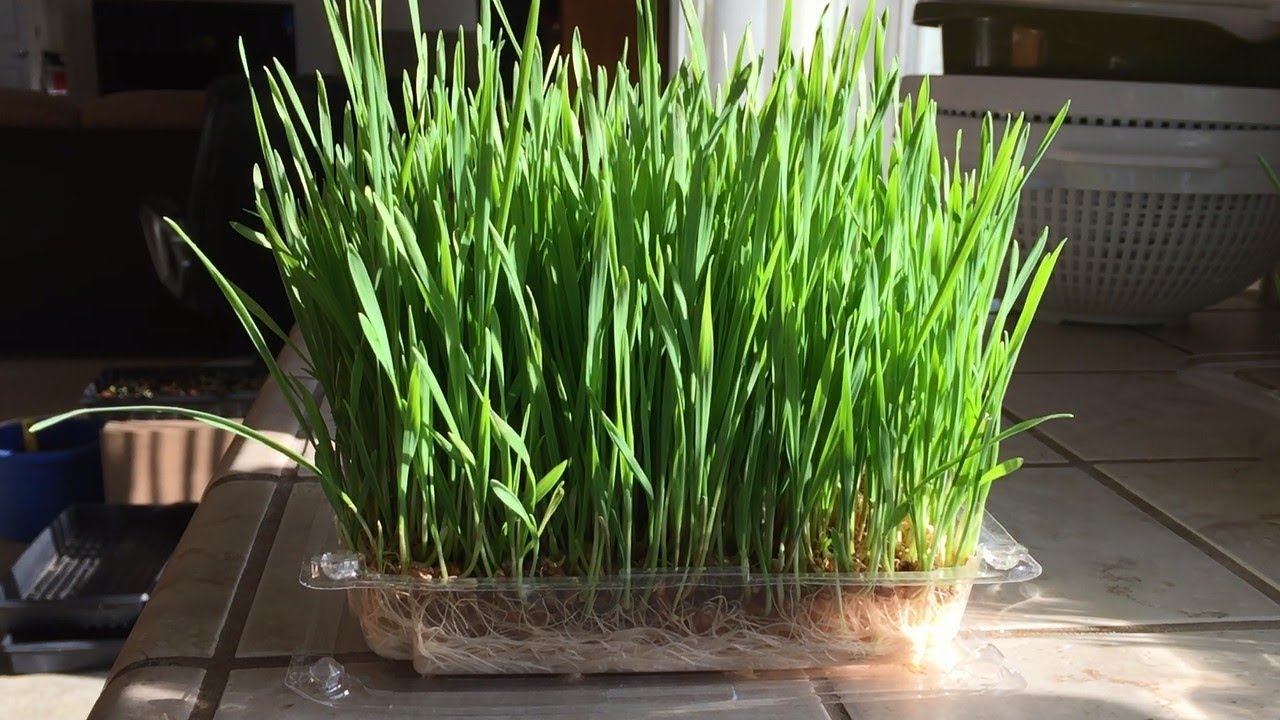
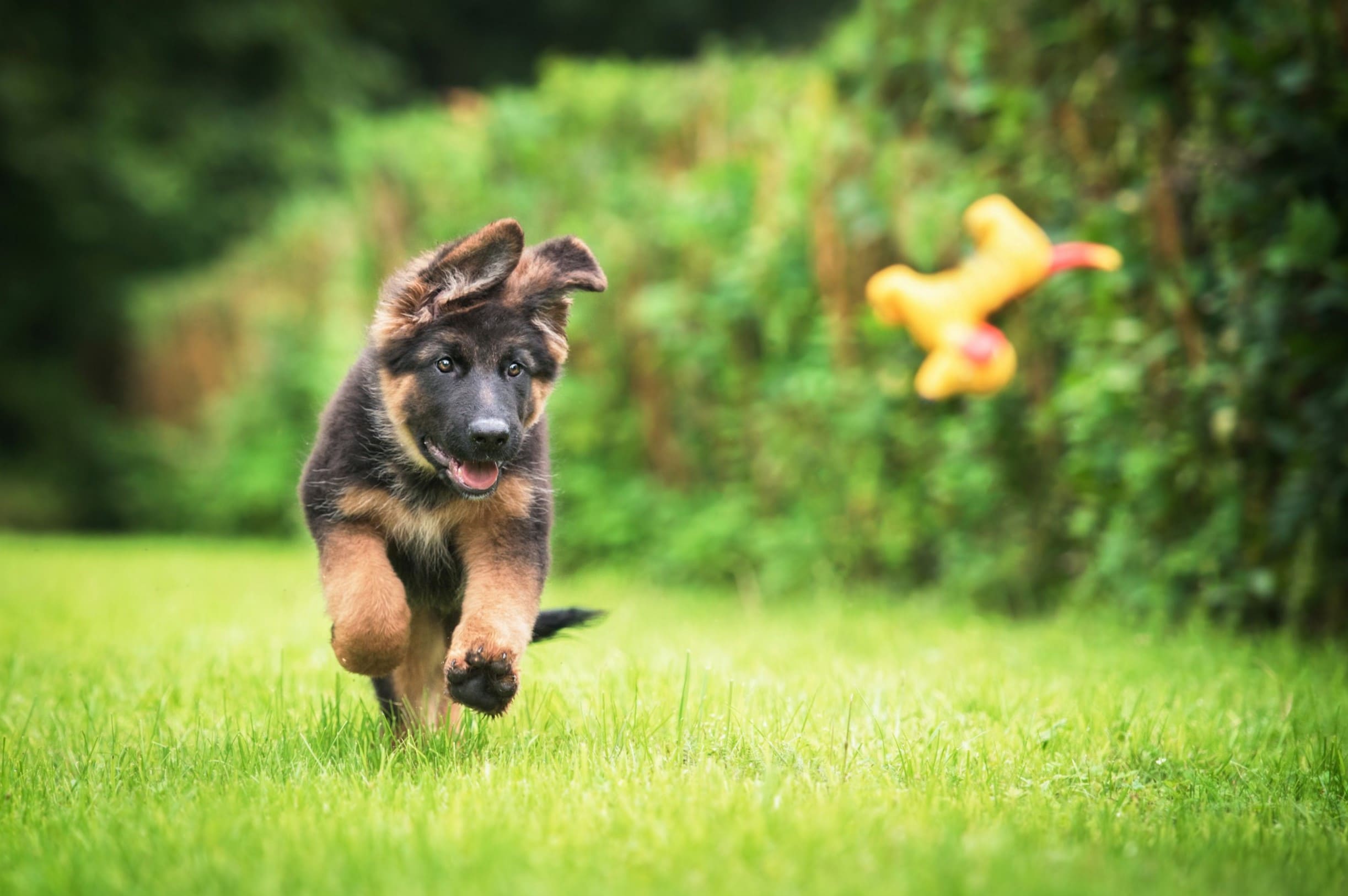
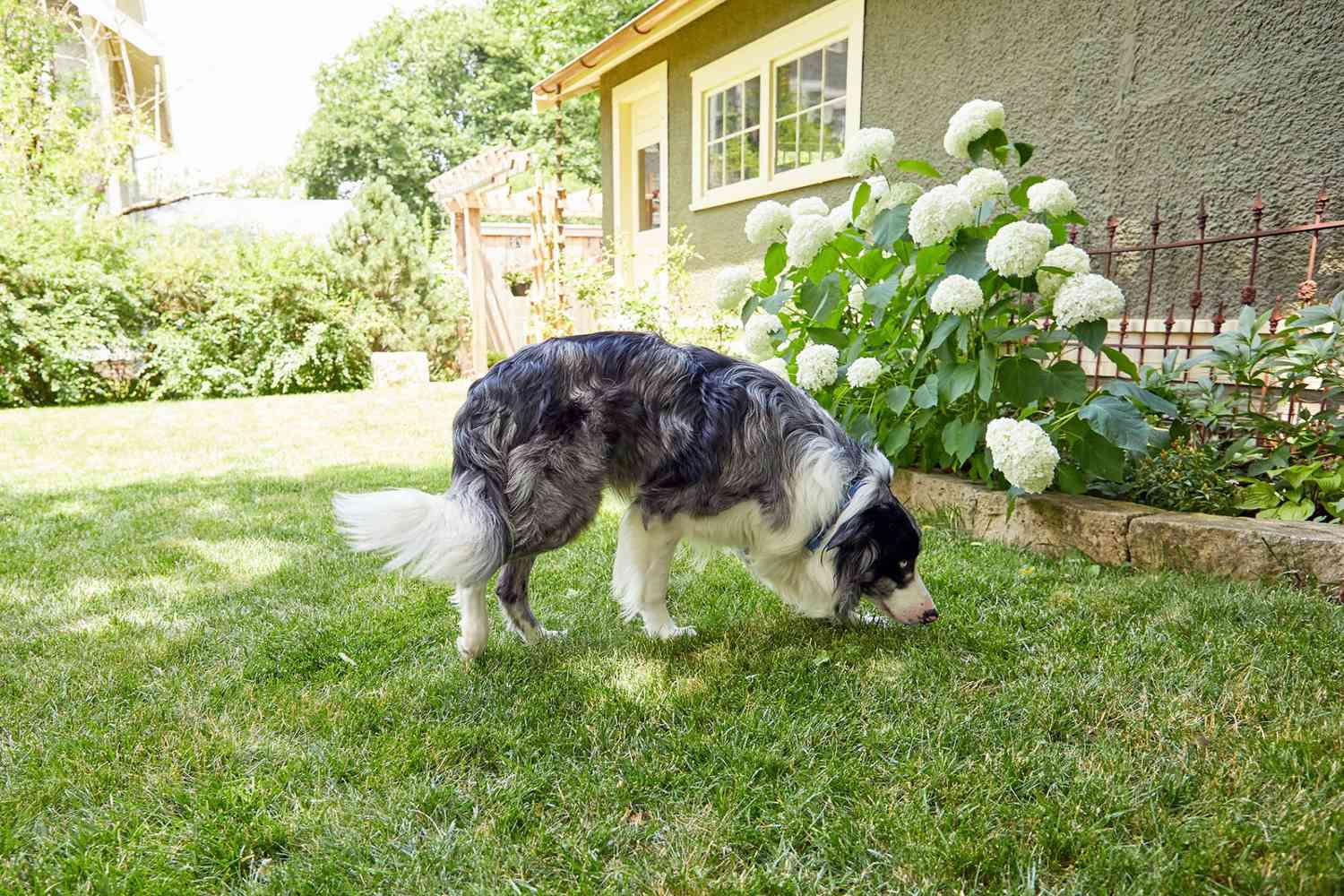
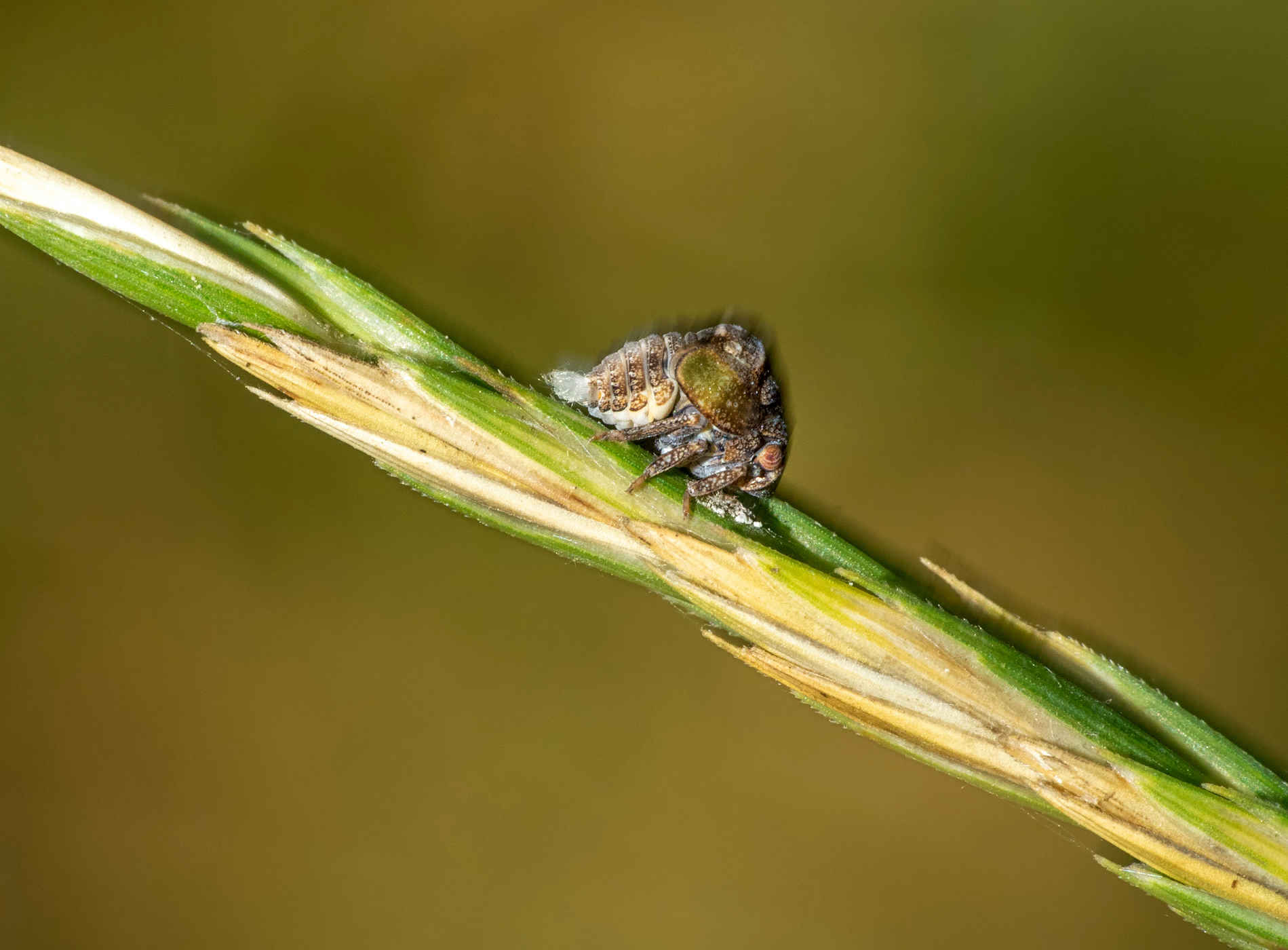


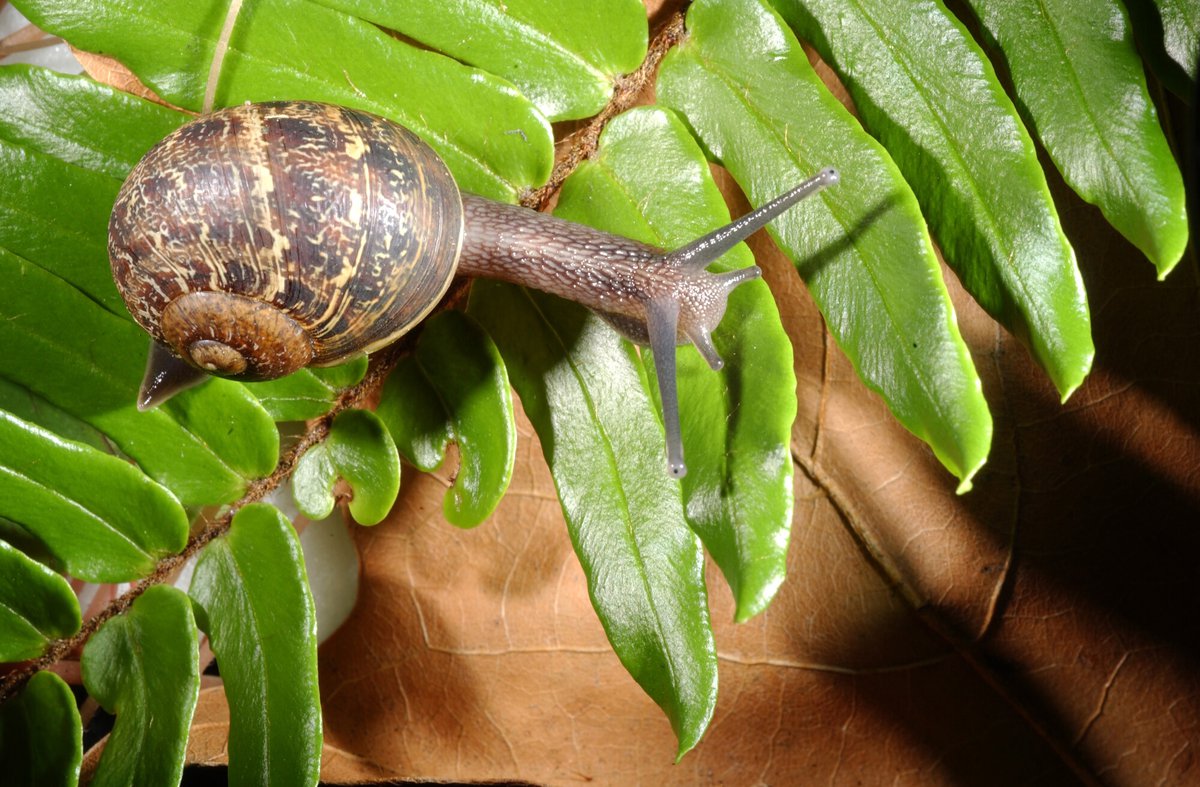
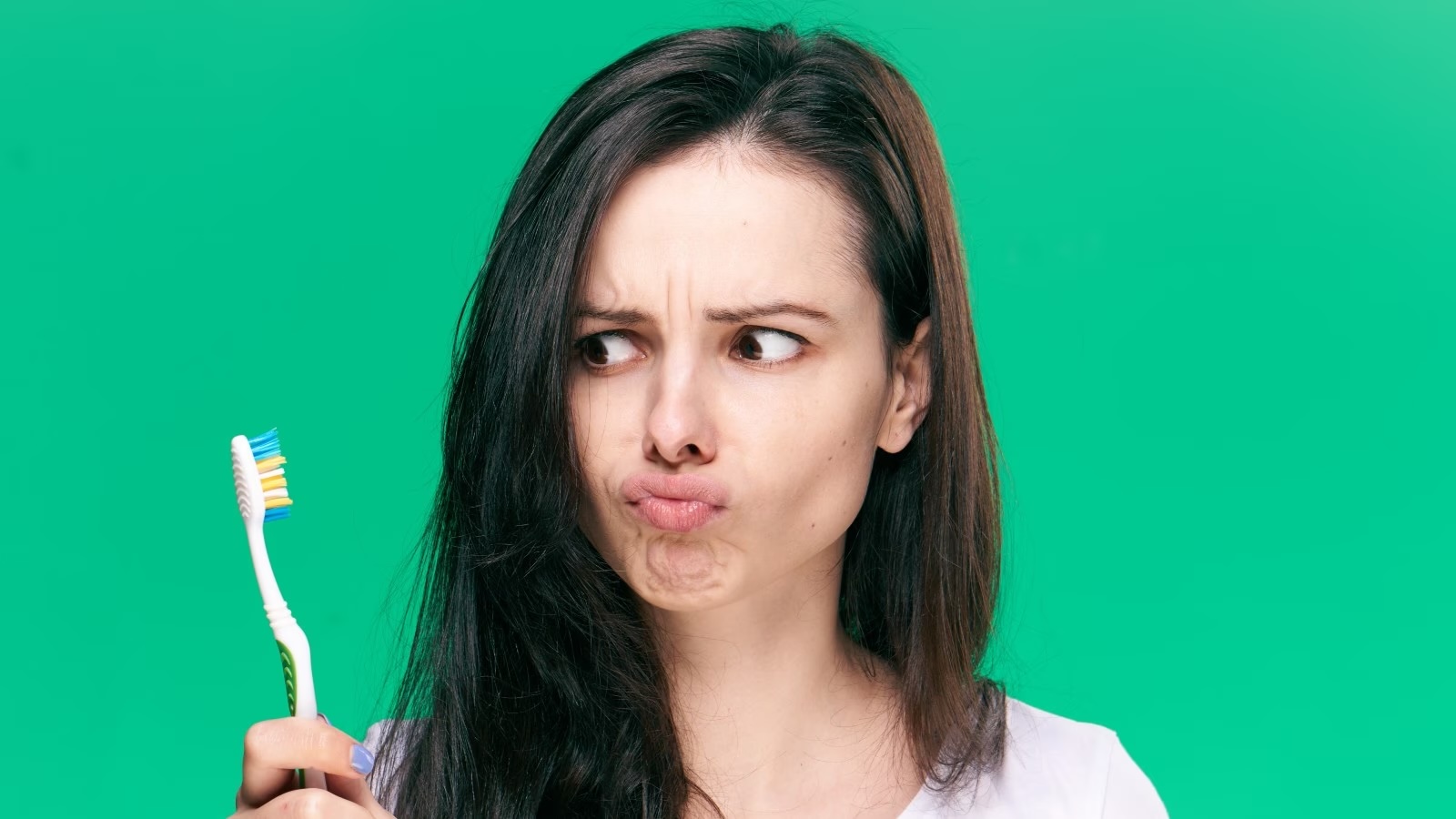
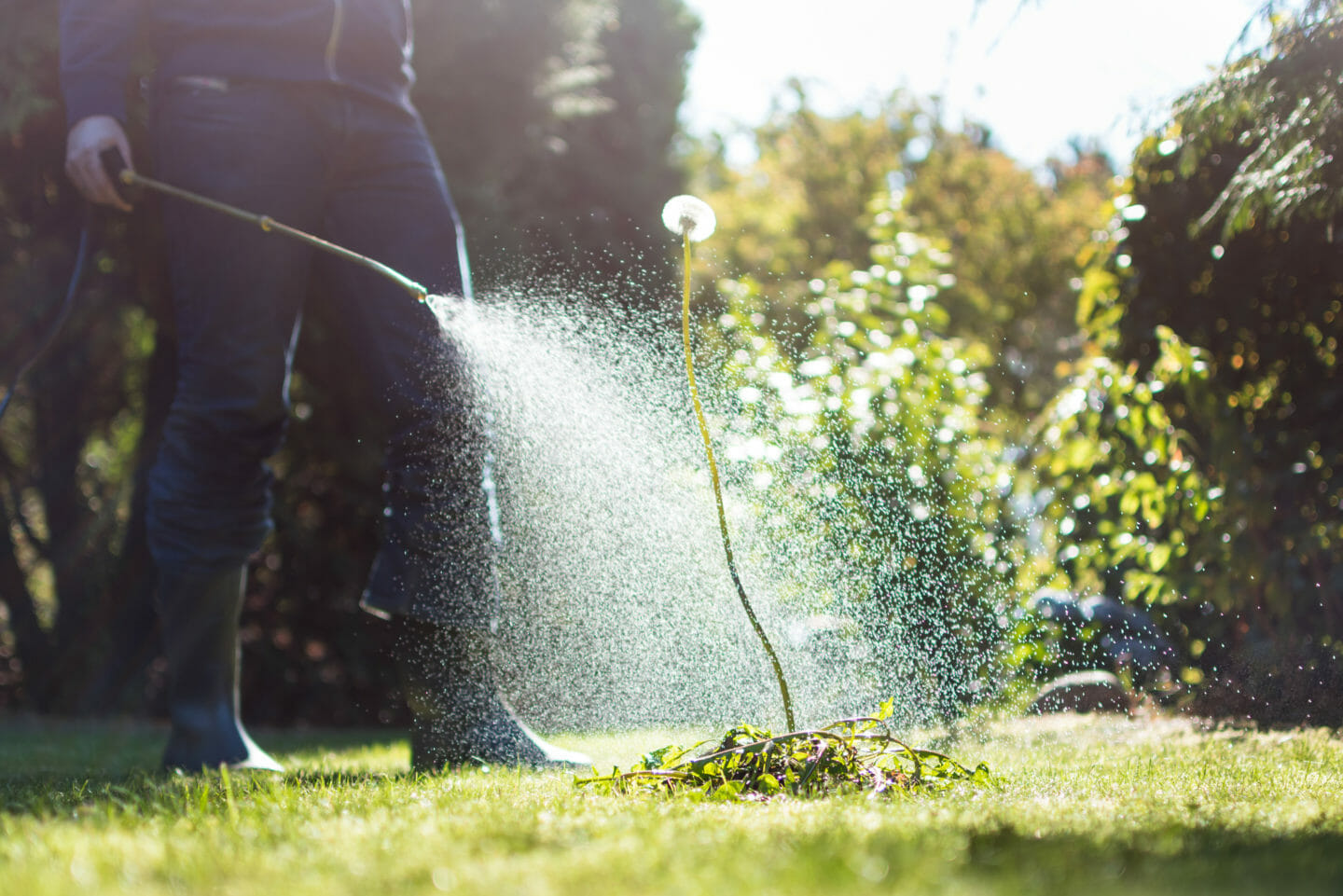
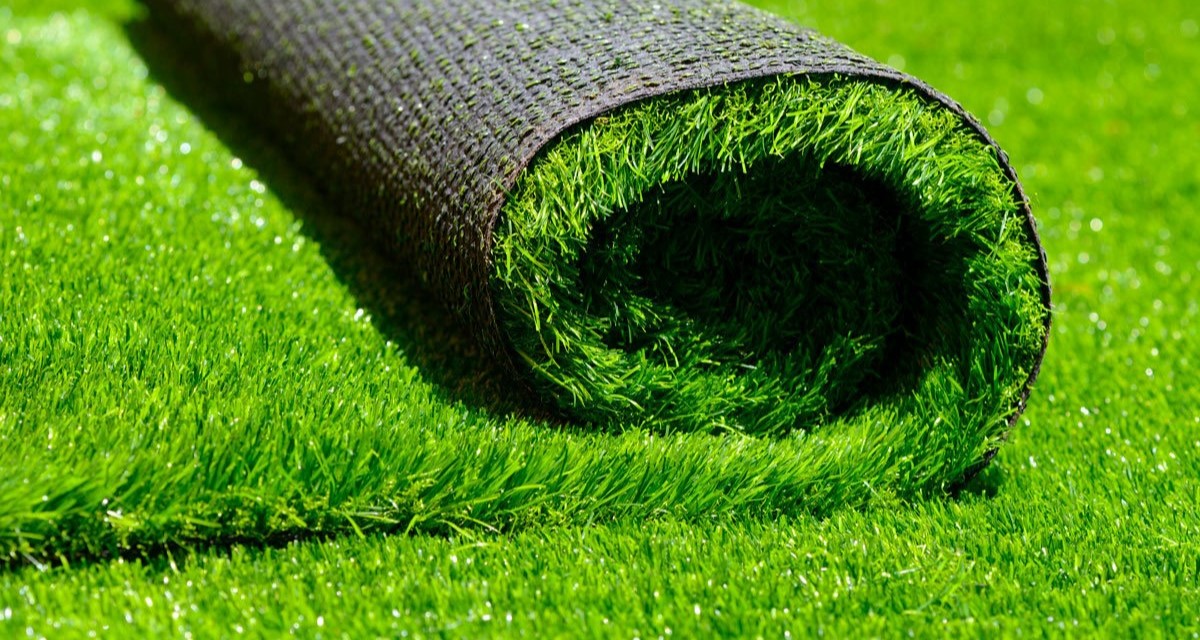
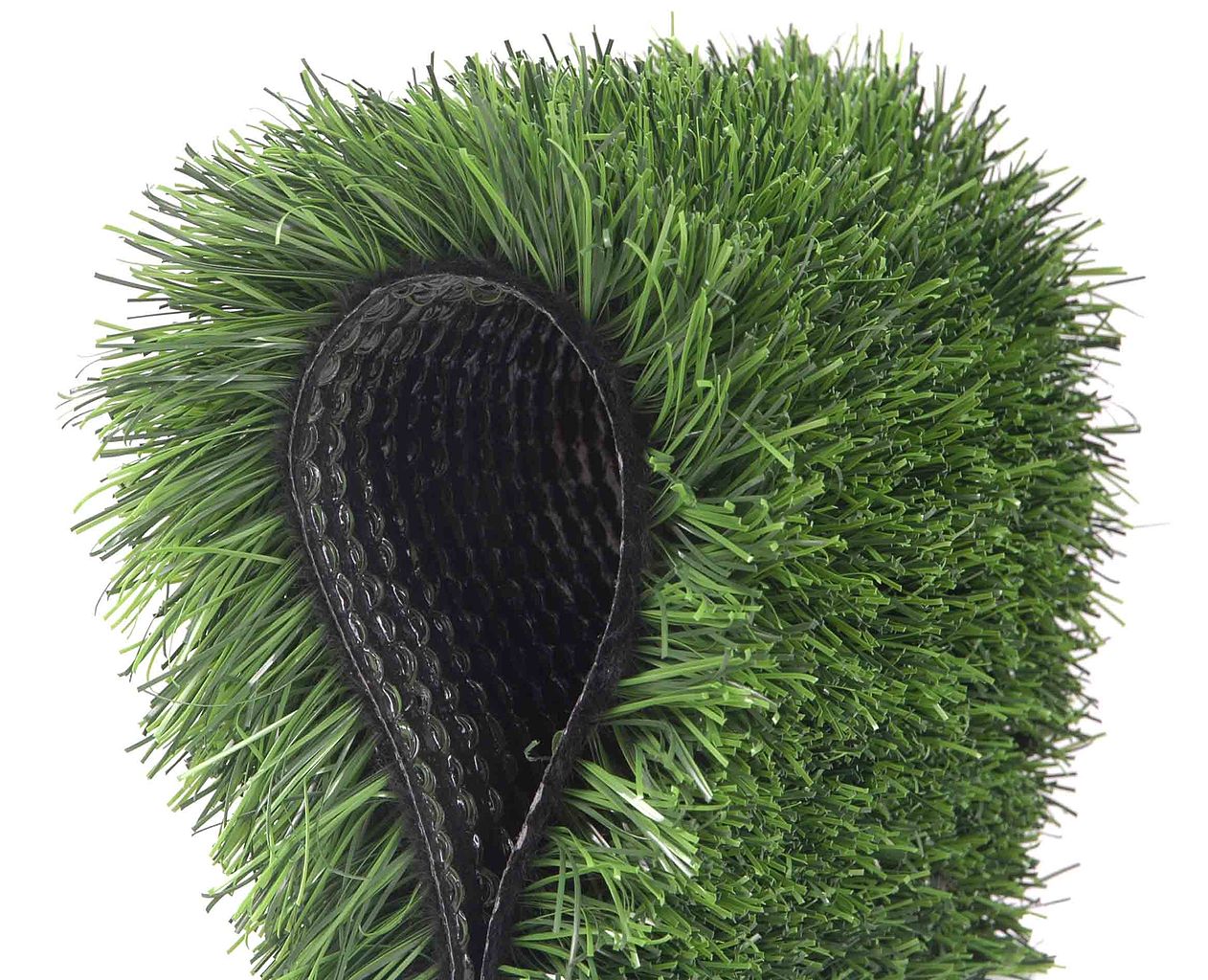
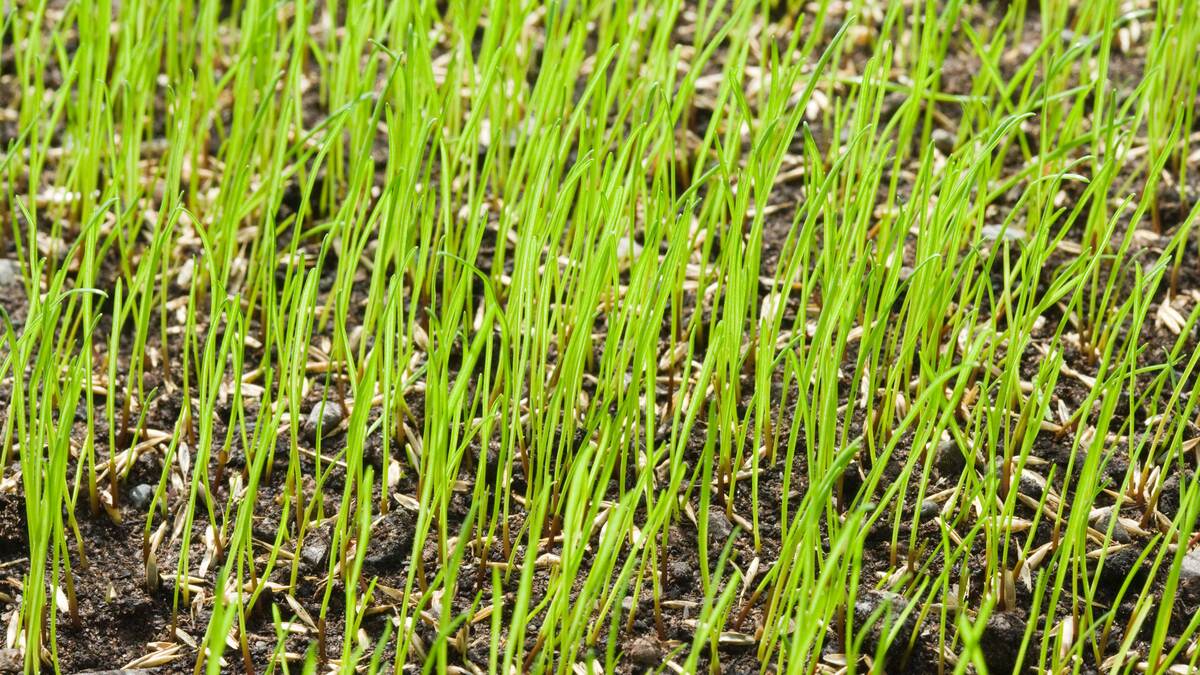
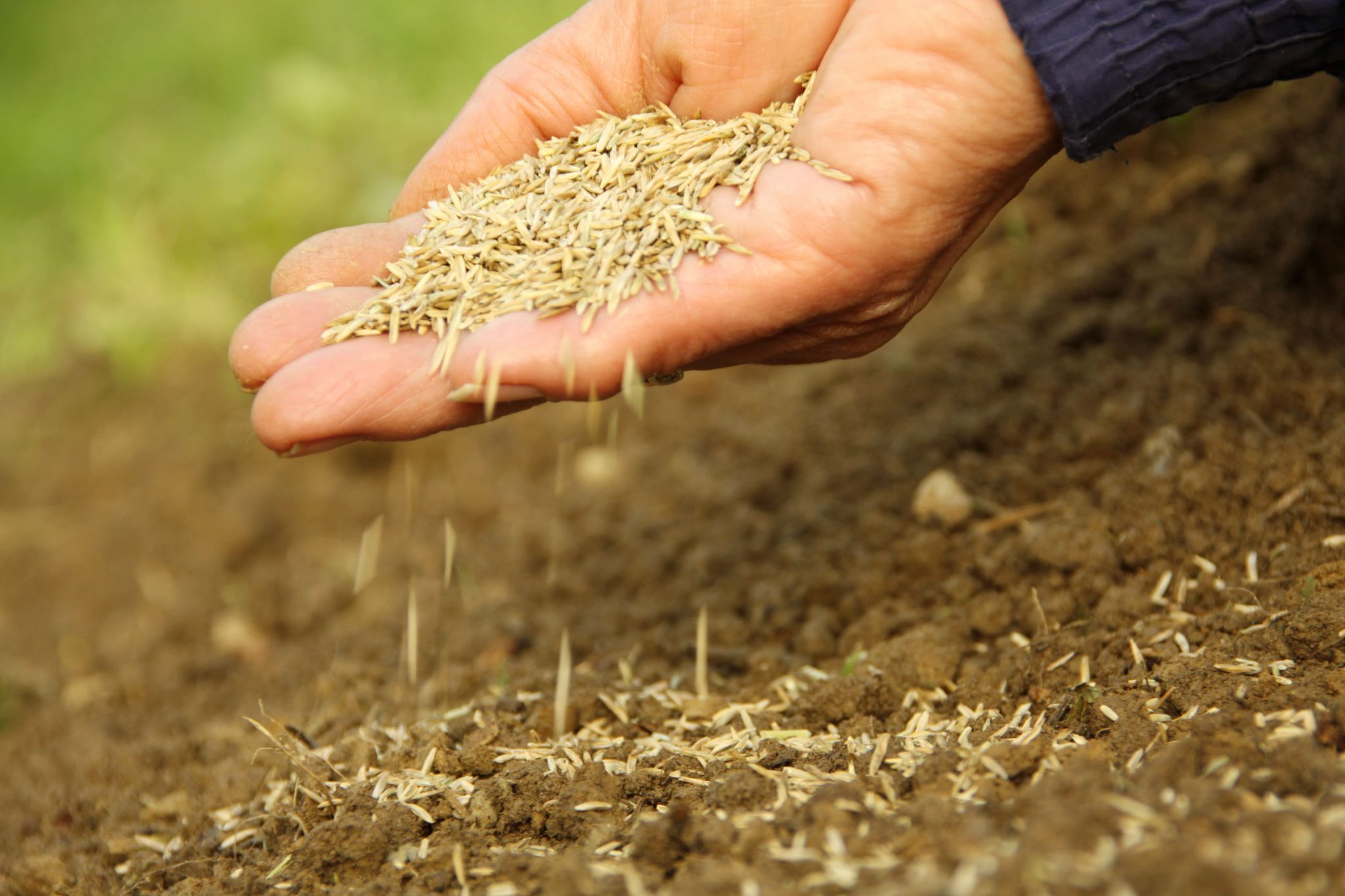
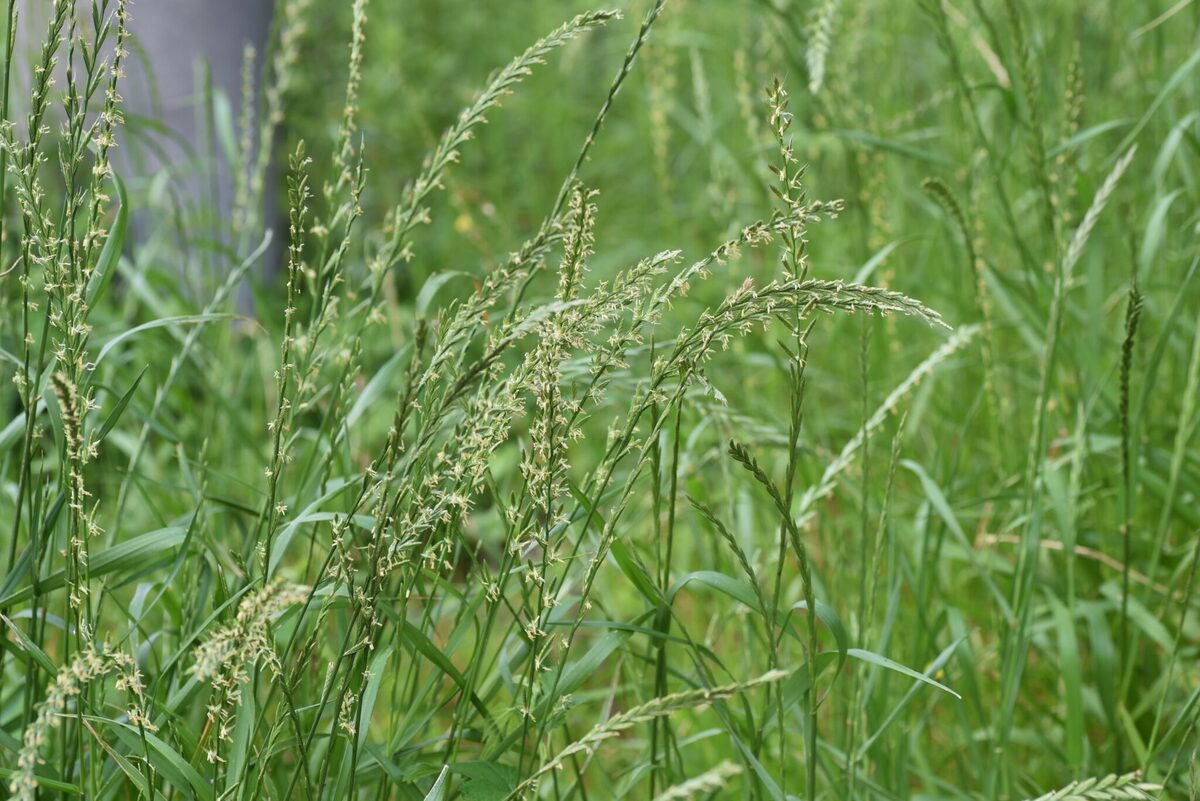
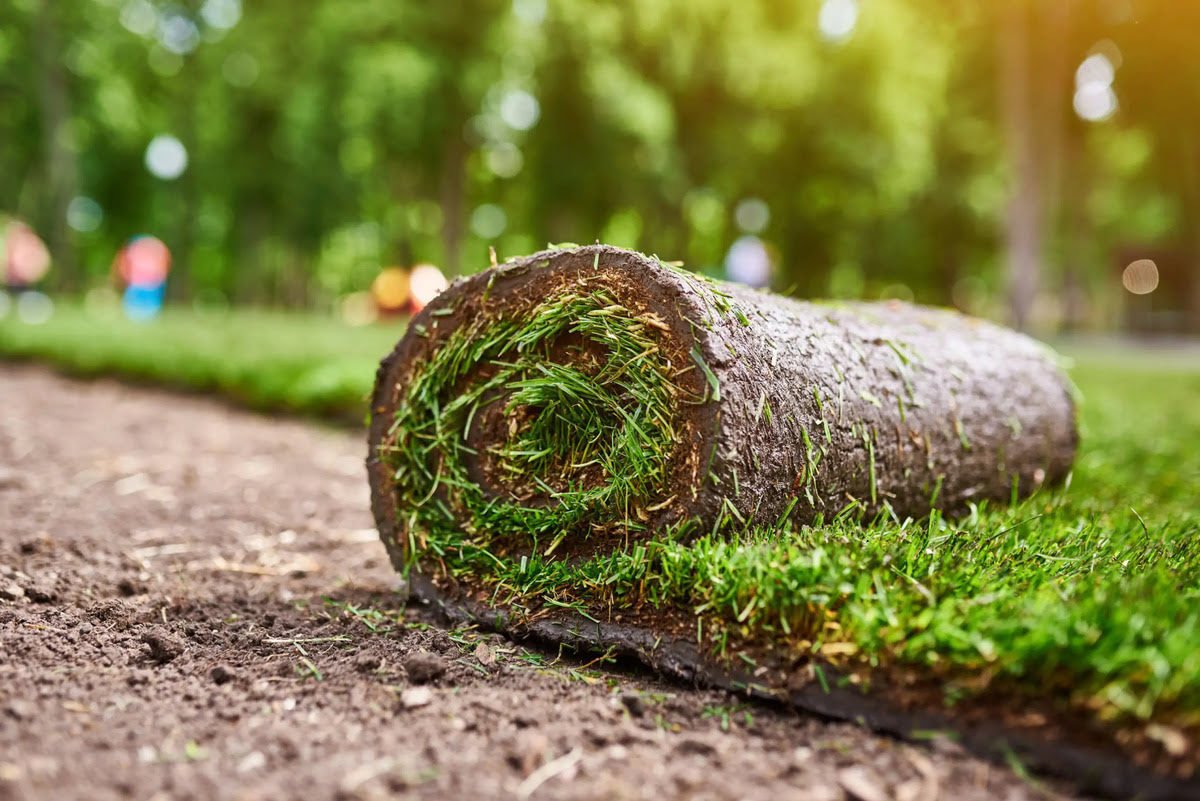

0 thoughts on “How Long Does Parvo Live In Grass”